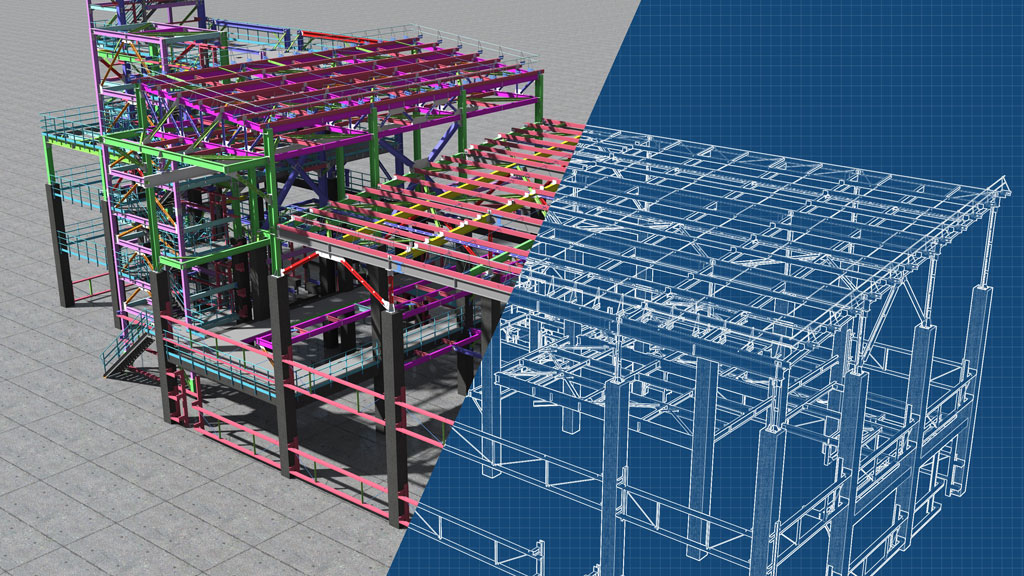LiDAR, a remote-sensing method that uses pulsed lasers to measure range, is highly valuable in supply chain automation. The acronym LiDAR stands for light detection and ranging, and it equips devices and vehicles with the ability to sense objects with high accuracy in real time. This makes it an essential component of autonomous driving systems, robots, and smart-city infrastructures.
According to Peipei Zhao, president of North America with Robosense, LiDAR has a variety of applications across industries, with particular significance in logistics and warehouses. It can be utilized at every stage of distribution, from goods arriving at a distribution center to the final delivery to the consumer. By maximizing space utilization through its three-dimensional object sensing capabilities, LiDAR empowers the entire distribution process.
One of the key benefits of LiDAR is its ability to optimize routes within a warehouse. With this technology, warehouses can improve storage efficiency and accelerate operations while lowering shipping costs. Additionally, LiDAR plays a crucial role in ensuring the safety of autonomous vehicles and lift trucks by connecting them to an emergency braking system that can stop vehicles instantly if they are at risk of colliding with people, objects, or structures. This provides an advanced level of safety compared to previous camera systems.
Zhao anticipates a growing adoption of LiDAR-equipped devices in the future as warehouses seek to improve storage efficiency, accelerate operations, and lower shipping costs. With its ability to operate without the need for illumination, LiDAR technology offers significant advantages for optimizing warehouse operations and enhancing overall safety protocols.
In conclusion, LiDAR technology is becoming increasingly important in supply chain automation due to its versatility across industries and its ability to provide accurate real-time object sensing capabilities. As warehouses continue to evolve their operations towards greater efficiency and safety protocols
.jpg?height=635&t=1714449889&width=1200)


